But what about the future of photography? What changes and developments can we expect in the coming years? And how will photography change our lives? The future is difficult to see. And we don’t have a crystal ball. But the future of photography is something we think about. So here are our predictions for the future of photography. [ExpertPhotography is supported by readers. Product links on ExpertPhotography are referral links. If you use one of these and buy something, we make a little bit of money. Need more info? See how it all works here.]
7. Future of Photography: Immersive Photography
Photography is an art form that has developed over 200 years. It has been used to depict important events. Or to create beautiful imagery. It’s used for work, and it’s used for pleasure. But until recently, photography has been limited to two dimensions. You could have the most powerful sensor in the world, but your photograph will always be 2D. 3D photography has been around for a long time. Stereo cameras came and went. And now, you can create 3D images with your smartphone. But 3D has always been a niche indulgence, a bit of a gimmick. This is now changing. Cameras and computers are on the verge of creating fully immersive 3D images. When they’re projected, you can walk around and view them from all angles. Fashion brands use this to promote their latest shoes. Sneakers float and rotate in a white space. And it’s not limited to shoe-sized objects. A few months ago, we tried to photograph a statue and turn it into a 3D model. For those interested, you can find our How to Create a 3D Model from Photos article here. 360 camera technology is also moving us towards a fully immersive experience. Google Maps is a great example. Thanks to their 360 camera work, we can roam the streets of cities all over the world from our homes. We can carry 360-degree technology round in our pockets. There are several 360 cameras available that are accessible and affordable. With 3D and 360 camera technology, we are entering the world of Virtual Reality (VR). It’s a space somewhere between the Matrix and the Metaverse. In the future, we’ll have photos that we can walk around and touch. This may sound like science fiction. But this reality is closer than you may think. The VR headset has come a long way from the Viewmaster stereoscope. At this moment in time, real 3D imagery is costly and difficult to produce. But the technology will improve. And the costs will come down.
6. Constant Connectivity
One of the hottest topics with digital photography right now is connectivity. Over the last few years, we have seen DSLRs and Mirrorless cameras with wireless connections. Wi-Fi, Bluetooth and Near-Field Connectivity (NFC) now come as standard. Previously, you would tether your camera to your computer using a cable. You’d transfer the photos from your camera to your device using software such as Lightroom and Capture One. To share images, you’d have to send them from your computer. You’d have to send them via email or cloud storage programs like Dropbox. It was a time-consuming process. But cables are becoming a thing of the past. You can connect your camera directly to a mobile device using Wi-Fi and Bluetooth. It makes image sharing much quicker and easier. You can share your work with clients as soon as the shoot is over. Or even mid-shoot. And it enables you to free up space on your camera while you work. Currently, there are some limitations. You can only transfer JPEG, not RAW files. And the transferring images can be slow, especially if the connection isn’t great. But with every new generation of cameras, these things details improve. Wi-Fi technology is moving quickly. And camera manufacturers will have to keep pace. In the future, we’ll see wireless charging. Some cameras can now be charged with a USB cable rather than having to remove the battery. But this will develop further. It’s possible we could see cameras that recharge themselves in the future. Or ones with their own power source. Battery life is still a top priority for all the major tech companies.
5. The Rise of Vintage
With every new generation of digital cameras, we see higher resolutions and better specs. Digital cameras are more versatile and convenient than ever before. And yet, film photography still continues. Ok, it’s not as popular as it once was. But it’s far from dead. And with the developments of digital technology, if film was going to die, it would be dead already. Modern digital cameras are amazing. The possibilities make us feel like we’re already living in tomorrow’s world. But for some photographers, it’s not as satisfying. Film photographs have a texture and quality digital has not been able to replicate. And it’s not just the images; it’s the process too. Digital photography can be easy and convenient. But some still prefer the manual approach. You have to get to know your camera. And you have to take care with each shot. It’s more tactile and less disposable. And it’s not just 35mm and medium format photography making a comeback. Even the antique process of wet plate photography is seeing a resurgence in popularity. What the future holds for photography can see exciting. Things we thought impossible a few years ago are now becoming a reality. But something is also being lost. New technology makes photography fast and convenient. But the digital space is cold and sterile. You’re losing the personality and warmth that result from a hands-on process. That’s why many people are returning to film and analog photography. Lomography and Polaroid Originals are two companies intent on keeping older technologies alive. They revitalise traditional photography tech to keep it popular and relevant. Other major brands are strictly digital these days. But in the future, I can see many trying capitalise on the vintage trend in photography. They might revamp their old systems. Or perhaps they’ll release a new SLR.
4. Reduced Demand for Professionals
There are many ways to make a living as a photographer. From weddings to photojournalism, there are many ways your camera can generate income. But the photography industry is already starting to change. And in some cases, not for the better. For many photographers, the development of camera technology has been a blessing. They can be more productive and reduce outgoings. But it’s not all positive. Good cameras are easy to find and cheap to buy. Smartphones are even able to perform professional photography tasks, both when taking pictures and for post-processing. People and companies can take great pictures themselves. They no longer need to hire a professional photographer. And as we head into the future, this trend will continue further. It won’t be the end of the professional photographer. There will always be a need for camera masters. But many photographers with smaller or newer businesses will have to find new ways of appealing to prospective clients. Photographers will have to work harder to make their work stand out. In a world where everyone can take a picture on their phone, the photographers will need to provide a point of difference. There is still a place for professionals in the future of photography. New niches will open up. And new opportunities will appear. But general demand for photographers will reduce over time.
3. AI Will Change Everything
Artificial intelligence (AI) is something we’re familiar with from science fiction films. They’re either set in the future. Or someone, or something, has traveled back in time. But AI is already with us. AI is already a feature in many modern cameras and lenses. But don’t worry. Your camera isn’t plotting to kill you and take over the world. Not yet anyway. The autofocus and image stabilization systems both use AI to achieve precise results, as does tracking and automatic exposure features. And similar AI software is being introduced to smartphone cameras and editing apps. The iPhone 7 has a new Portrait mode which blurs the background to create a pleasing shallow depth of field. And Skylum’s Luminar has AI-powered filters that make editing a breeze. The editing software on your computer will also develop with more AI over time. It will be able to recognise specific objects and label them. It will change your setting without you needing to request it. You won’t need to spend ages looking through all your latest shots. The AI editing will select the best ones for you. It will learn from your behaviour and adapt to your practices to speed up your processes. AI is already making digital photography quicker and easier. And this is only going to develop further. But photographers, don’t worry. The robots aren’t going to take your job.
2. Smartphones Will Kill-off the Compact Camera
The future of photography isn’t bright for everyone. And this trend is already well on its way. I still have an Olympus compact camera. I use it all the time, and I love the results. But I know I am in an ever-shrinking minority. Since 2010, digital camera sales have fallen 80%. And it’s not because people are taking fewer photos. On the contrary, people are taking more photos than ever. But now everyone uses their smartphone. Why carry around an extra piece of gear when you already have a camera in your pocket? The first phone cameras were no match for a specialist compact. But now the tables have turned. And phone technology has progressed by leaps and bounds. The latest phones are capable of near-professional level image quality. It’s not just about uploading selfies to your social media. You can take high-standard photos for professional purposes. Social media is also becoming a hub for young professionals. Fitness gurus and influencers can run their businesses from their phones. They don’t need to transfer images between devices. They can take a picture and upload it to their account in seconds. And that includes editing and processing. Compacts are even losing their appeal with casual snappers. There’s no need to take a camera on holiday these days. They can share holiday snaps with their loved ones in real-time using their phone. High-standard DSLRs and mirrorless cameras are not in danger. Their future is assured. But I fear the sun is setting on the day of the compact camera. A few 35mm units might survive, thanks to geeks like me. But the digital compact has had its day.
1. Death of the DSLR
Don’t get me wrong. DSLRs are great cameras. And the DSLR certainly won’t be victim to the swift and uncaring wrath of market forces in the same way as the digital compact. Nikon and Canon are still making excellent DSLRs that are popular with photographers. They’re creating machines that will continue to perform well for years to come. But the tide is beginning to turn. Mirrorless cameras are starting to dominate the headlines. They’re starting to break all the records for resolution and image quality. Fujifilm has sensed a change in the wind. They no longer produce DSLRs. They now focus their energy on mirrorless cameras. And Sony has also adopted a similar strategy, moving into the mirrorless market. And, as well as DSLRs, Nikon and Canon do have mirrorless machines available. It’s not just the image quality that is drawing people away from DSLRs. Mirrorless cameras have are smaller and lighter. And they have fewer moving components. Another bonus is the noise. Without the mirror, they are completely silent when shooting. For sports and wildlife photographers, a silent camera is a godsend. They can get the perfect shot without scaring the animal or distracting the player. DSLRs still have a better battery life. But it’s only a matter of time before that changes too. If you were thinking of buying a DSLR, go ahead. They are still excellent cameras. And they’ll be competing at the highest level for years to come. But I fear the mirrorless revolution is underway. And I’m not sure how kind Time will be to the humble DLSR camera.
Conclusion: Street Photography Quotes
No one knows what the future holds. And yesterday’s predictions are often today’s bad jokes. But we are starting to see some trends emerge from the world of photography. 3D and AI are at the forefront of technological development. We’ll have fully immersive experiences in our living rooms. And our devices will do our editing for us. Well, some of it, at least. Vintage cameras and processes are back in vogue. Maybe it won’t last forever, but there’s an upward trend which is positive to see. Unfortunately, Time also has its victims. Not everyone will wake to see the sun rise on the world of tomorrow. DSLRs are looking a bit shaky. And compacts don’t look like they’ll last the night. But come what may, photography will still be with us. Maybe we’ll be wearing aluminum clothes, but the future of photography is assured.





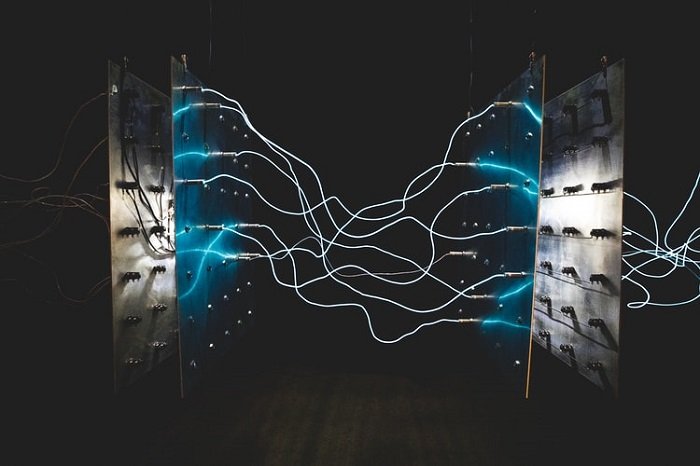
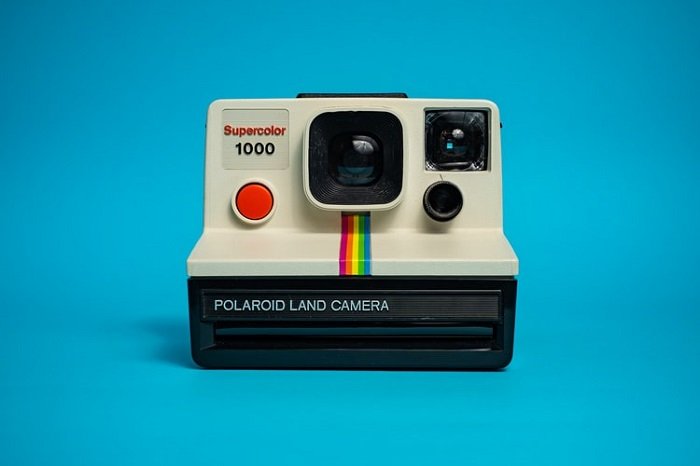
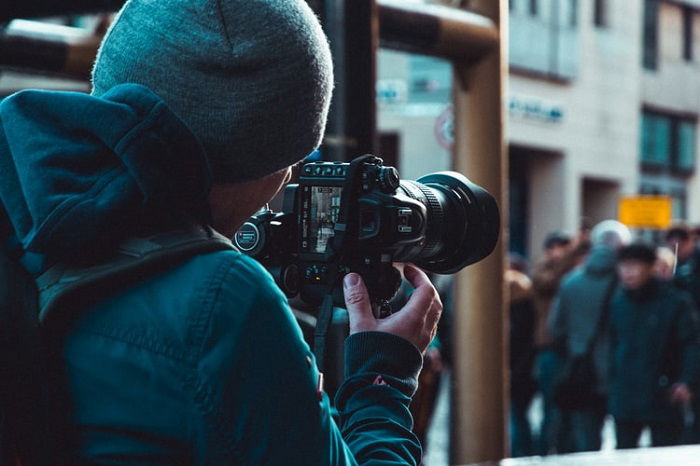
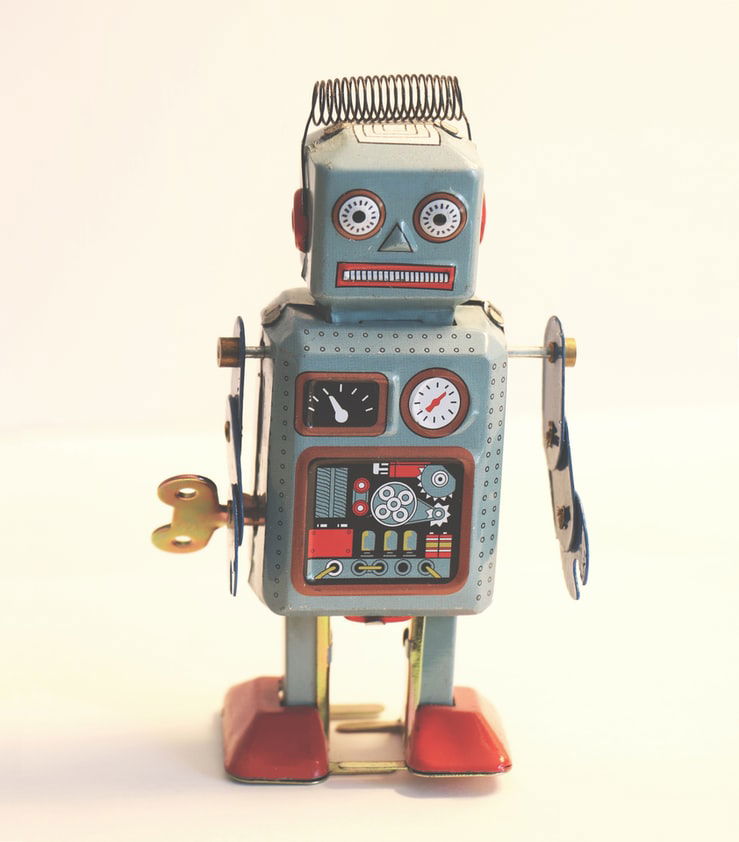
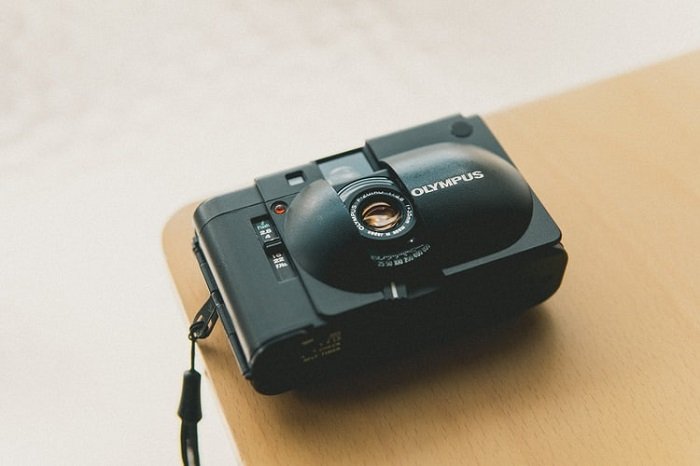
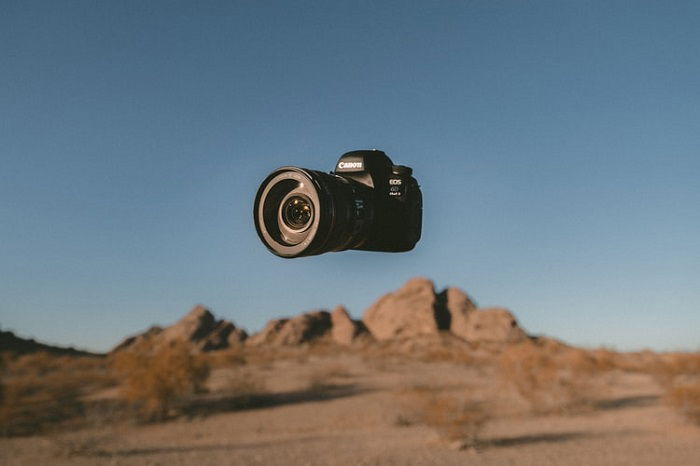


title: “Our 7 Predictions For The Future Of Photography” ShowToc: true date: “2023-01-28” author: “Justin Ley”
But what about the future of photography? What changes and developments can we expect in the coming years? And how will photography change our lives? The future is difficult to see. And we don’t have a crystal ball. But the future of photography is something we think about. So here are our predictions for the future of photography. [ExpertPhotography is supported by readers. Product links on ExpertPhotography are referral links. If you use one of these and buy something, we make a little bit of money. Need more info? See how it all works here.]
7. Future of Photography: Immersive Photography
Photography is an art form that has developed over 200 years. It has been used to depict important events. Or to create beautiful imagery. It’s used for work, and it’s used for pleasure. But until recently, photography has been limited to two dimensions. You could have the most powerful sensor in the world, but your photograph will always be 2D. 3D photography has been around for a long time. Stereo cameras came and went. And now, you can create 3D images with your smartphone. But 3D has always been a niche indulgence, a bit of a gimmick. This is now changing. Cameras and computers are on the verge of creating fully immersive 3D images. When they’re projected, you can walk around and view them from all angles. Fashion brands use this to promote their latest shoes. Sneakers float and rotate in a white space. And it’s not limited to shoe-sized objects. A few months ago, we tried to photograph a statue and turn it into a 3D model. For those interested, you can find our How to Create a 3D Model from Photos article here. 360 camera technology is also moving us towards a fully immersive experience. Google Maps is a great example. Thanks to their 360 camera work, we can roam the streets of cities all over the world from our homes. We can carry 360-degree technology round in our pockets. There are several 360 cameras available that are accessible and affordable. With 3D and 360 camera technology, we are entering the world of Virtual Reality (VR). It’s a space somewhere between the Matrix and the Metaverse. In the future, we’ll have photos that we can walk around and touch. This may sound like science fiction. But this reality is closer than you may think. The VR headset has come a long way from the Viewmaster stereoscope. At this moment in time, real 3D imagery is costly and difficult to produce. But the technology will improve. And the costs will come down.
6. Constant Connectivity
One of the hottest topics with digital photography right now is connectivity. Over the last few years, we have seen DSLRs and Mirrorless cameras with wireless connections. Wi-Fi, Bluetooth and Near-Field Connectivity (NFC) now come as standard. Previously, you would tether your camera to your computer using a cable. You’d transfer the photos from your camera to your device using software such as Lightroom and Capture One. To share images, you’d have to send them from your computer. You’d have to send them via email or cloud storage programs like Dropbox. It was a time-consuming process. But cables are becoming a thing of the past. You can connect your camera directly to a mobile device using Wi-Fi and Bluetooth. It makes image sharing much quicker and easier. You can share your work with clients as soon as the shoot is over. Or even mid-shoot. And it enables you to free up space on your camera while you work. Currently, there are some limitations. You can only transfer JPEG, not RAW files. And the transferring images can be slow, especially if the connection isn’t great. But with every new generation of cameras, these things details improve. Wi-Fi technology is moving quickly. And camera manufacturers will have to keep pace. In the future, we’ll see wireless charging. Some cameras can now be charged with a USB cable rather than having to remove the battery. But this will develop further. It’s possible we could see cameras that recharge themselves in the future. Or ones with their own power source. Battery life is still a top priority for all the major tech companies.
5. The Rise of Vintage
With every new generation of digital cameras, we see higher resolutions and better specs. Digital cameras are more versatile and convenient than ever before. And yet, film photography still continues. Ok, it’s not as popular as it once was. But it’s far from dead. And with the developments of digital technology, if film was going to die, it would be dead already. Modern digital cameras are amazing. The possibilities make us feel like we’re already living in tomorrow’s world. But for some photographers, it’s not as satisfying. Film photographs have a texture and quality digital has not been able to replicate. And it’s not just the images; it’s the process too. Digital photography can be easy and convenient. But some still prefer the manual approach. You have to get to know your camera. And you have to take care with each shot. It’s more tactile and less disposable. And it’s not just 35mm and medium format photography making a comeback. Even the antique process of wet plate photography is seeing a resurgence in popularity. What the future holds for photography can see exciting. Things we thought impossible a few years ago are now becoming a reality. But something is also being lost. New technology makes photography fast and convenient. But the digital space is cold and sterile. You’re losing the personality and warmth that result from a hands-on process. That’s why many people are returning to film and analog photography. Lomography and Polaroid Originals are two companies intent on keeping older technologies alive. They revitalise traditional photography tech to keep it popular and relevant. Other major brands are strictly digital these days. But in the future, I can see many trying capitalise on the vintage trend in photography. They might revamp their old systems. Or perhaps they’ll release a new SLR.
4. Reduced Demand for Professionals
There are many ways to make a living as a photographer. From weddings to photojournalism, there are many ways your camera can generate income. But the photography industry is already starting to change. And in some cases, not for the better. For many photographers, the development of camera technology has been a blessing. They can be more productive and reduce outgoings. But it’s not all positive. Good cameras are easy to find and cheap to buy. Smartphones are even able to perform professional photography tasks, both when taking pictures and for post-processing. People and companies can take great pictures themselves. They no longer need to hire a professional photographer. And as we head into the future, this trend will continue further. It won’t be the end of the professional photographer. There will always be a need for camera masters. But many photographers with smaller or newer businesses will have to find new ways of appealing to prospective clients. Photographers will have to work harder to make their work stand out. In a world where everyone can take a picture on their phone, the photographers will need to provide a point of difference. There is still a place for professionals in the future of photography. New niches will open up. And new opportunities will appear. But general demand for photographers will reduce over time.
3. AI Will Change Everything
Artificial intelligence (AI) is something we’re familiar with from science fiction films. They’re either set in the future. Or someone, or something, has traveled back in time. But AI is already with us. AI is already a feature in many modern cameras and lenses. But don’t worry. Your camera isn’t plotting to kill you and take over the world. Not yet anyway. The autofocus and image stabilization systems both use AI to achieve precise results, as does tracking and automatic exposure features. And similar AI software is being introduced to smartphone cameras and editing apps. The iPhone 7 has a new Portrait mode which blurs the background to create a pleasing shallow depth of field. And Skylum’s Luminar has AI-powered filters that make editing a breeze. The editing software on your computer will also develop with more AI over time. It will be able to recognise specific objects and label them. It will change your setting without you needing to request it. You won’t need to spend ages looking through all your latest shots. The AI editing will select the best ones for you. It will learn from your behaviour and adapt to your practices to speed up your processes. AI is already making digital photography quicker and easier. And this is only going to develop further. But photographers, don’t worry. The robots aren’t going to take your job.
2. Smartphones Will Kill-off the Compact Camera
The future of photography isn’t bright for everyone. And this trend is already well on its way. I still have an Olympus compact camera. I use it all the time, and I love the results. But I know I am in an ever-shrinking minority. Since 2010, digital camera sales have fallen 80%. And it’s not because people are taking fewer photos. On the contrary, people are taking more photos than ever. But now everyone uses their smartphone. Why carry around an extra piece of gear when you already have a camera in your pocket? The first phone cameras were no match for a specialist compact. But now the tables have turned. And phone technology has progressed by leaps and bounds. The latest phones are capable of near-professional level image quality. It’s not just about uploading selfies to your social media. You can take high-standard photos for professional purposes. Social media is also becoming a hub for young professionals. Fitness gurus and influencers can run their businesses from their phones. They don’t need to transfer images between devices. They can take a picture and upload it to their account in seconds. And that includes editing and processing. Compacts are even losing their appeal with casual snappers. There’s no need to take a camera on holiday these days. They can share holiday snaps with their loved ones in real-time using their phone. High-standard DSLRs and mirrorless cameras are not in danger. Their future is assured. But I fear the sun is setting on the day of the compact camera. A few 35mm units might survive, thanks to geeks like me. But the digital compact has had its day.
1. Death of the DSLR
Don’t get me wrong. DSLRs are great cameras. And the DSLR certainly won’t be victim to the swift and uncaring wrath of market forces in the same way as the digital compact. Nikon and Canon are still making excellent DSLRs that are popular with photographers. They’re creating machines that will continue to perform well for years to come. But the tide is beginning to turn. Mirrorless cameras are starting to dominate the headlines. They’re starting to break all the records for resolution and image quality. Fujifilm has sensed a change in the wind. They no longer produce DSLRs. They now focus their energy on mirrorless cameras. And Sony has also adopted a similar strategy, moving into the mirrorless market. And, as well as DSLRs, Nikon and Canon do have mirrorless machines available. It’s not just the image quality that is drawing people away from DSLRs. Mirrorless cameras have are smaller and lighter. And they have fewer moving components. Another bonus is the noise. Without the mirror, they are completely silent when shooting. For sports and wildlife photographers, a silent camera is a godsend. They can get the perfect shot without scaring the animal or distracting the player. DSLRs still have a better battery life. But it’s only a matter of time before that changes too. If you were thinking of buying a DSLR, go ahead. They are still excellent cameras. And they’ll be competing at the highest level for years to come. But I fear the mirrorless revolution is underway. And I’m not sure how kind Time will be to the humble DLSR camera.
Conclusion: Street Photography Quotes
No one knows what the future holds. And yesterday’s predictions are often today’s bad jokes. But we are starting to see some trends emerge from the world of photography. 3D and AI are at the forefront of technological development. We’ll have fully immersive experiences in our living rooms. And our devices will do our editing for us. Well, some of it, at least. Vintage cameras and processes are back in vogue. Maybe it won’t last forever, but there’s an upward trend which is positive to see. Unfortunately, Time also has its victims. Not everyone will wake to see the sun rise on the world of tomorrow. DSLRs are looking a bit shaky. And compacts don’t look like they’ll last the night. But come what may, photography will still be with us. Maybe we’ll be wearing aluminum clothes, but the future of photography is assured.












